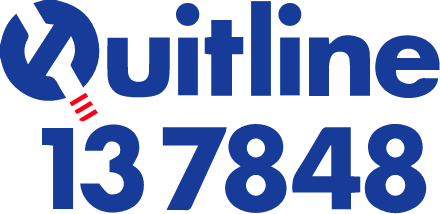Quitline is a telephone-based counselling service run by Queensland Health that provides advice and referral services to clients who wish to give up smoking. Based in Brisbane, the service operates from a Queensland Health contact centre that employs 50 counsellors and provides over 1,200 consultations per month.
To manage the service and keep track of clients, Quitline used a combination of custom software tools and a database, but staff found them cumbersome to use and difficult to adapt.
“Our existing database didn’t contain all the information staff needed, and the information that was there wasn’t easily accessible,” says Shelley Peardon, A/Allied Health Coordinator, Health Contact Centre, Health Services Support Agency, Queensland Health. “As a result, counsellors didn’t have easy access to client information during a call.
“The database was also quite cumbersome for follow-up activities. For example, a clients’ address had to be lifted manually from the database and re-entered into the system we use to despatch medicines. It was very manual – we wanted efficiencies.”
While considering a replacement during 2011, Peardon and her staff faced changing reporting requirements from the service’s Government sponsors.
“The Government provided new funding, but to deliver on commitments we needed to provide much more detailed reports – specifically reports that identify different types of clients, and tracked progress and outcomes within each client segment,” says Peardon.
“To ensure we could provide adequate reporting, we needed to be able to record more data, interrogate it ourselves and design our own reports.
“Speed was absolutely vital. We wanted to be fully compliant with reporting requirements for new programs by January 2012. This gave us just six months to build a completely new customer database and get it operational.”


